State
Tribe Name
Art Type
short description
Illam has a reputation for being able to contain rich emotional landscapes within his poetry. His poetry tends to delve into longing, loss, and unexpected reversals of fortune, with attention given to inner emotional states which are present during love, sorrow, and hope. In "Do Kangan Kara Mahiya," Illam describes the interplay between loss and relief as he examines how love and disconnection are coupled with individual endurance.
Thumbnail
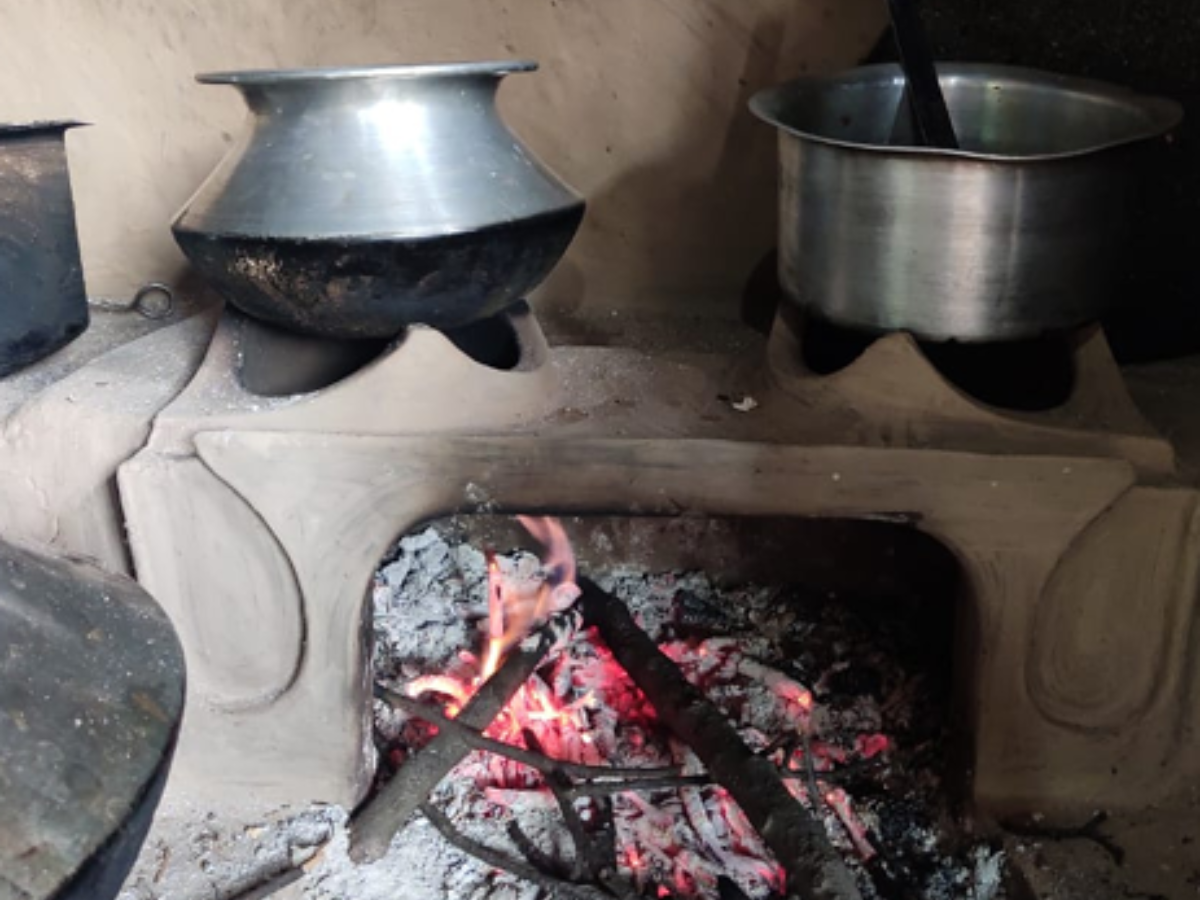
Filter Postion
Right
Filter Background
Off
Theme
Filter Header Image
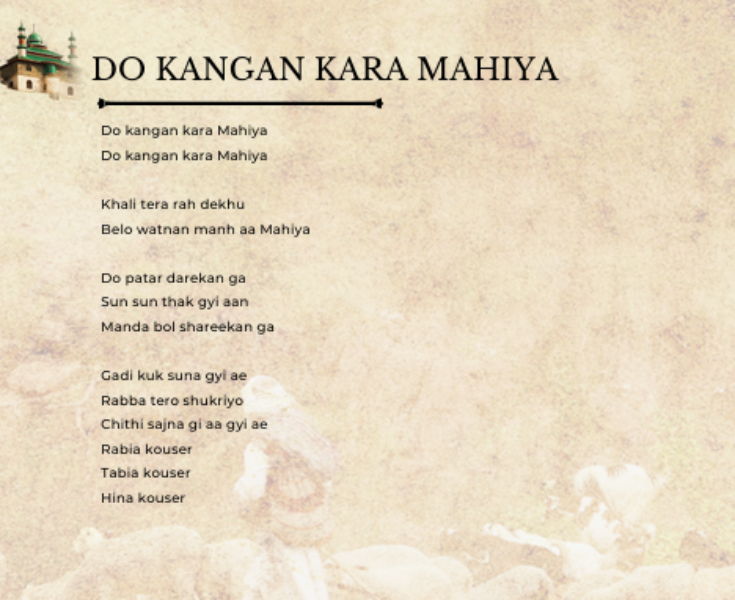
content
Image
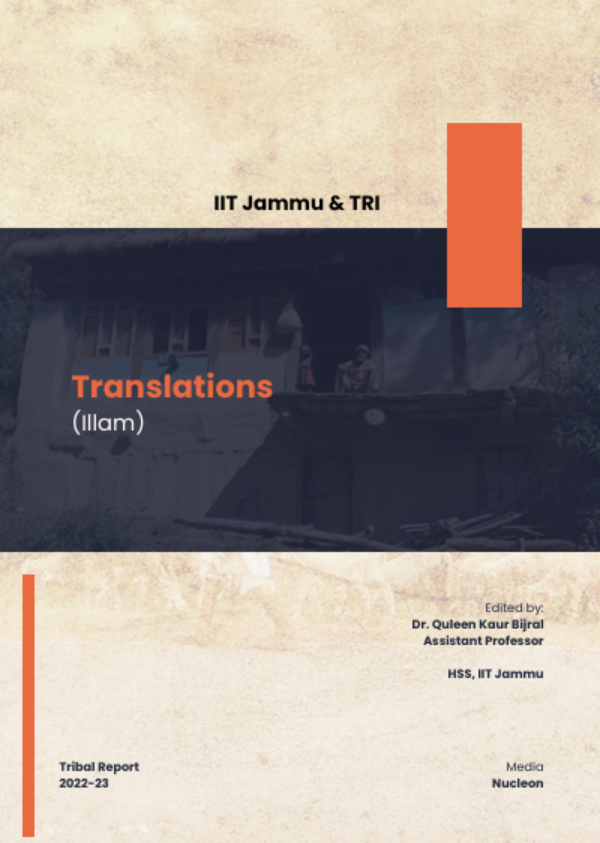
description
Illam has a reputation for being able to contain rich emotional landscapes within his poetry. His poetry tends to delve into longing, loss, and unexpected reversals of fortune, with attention given to inner emotional states which are present during love, sorrow, and hope. In "Do Kangan Kara Mahiya," Illam describes the interplay between loss and relief as he examines how love and disconnection are coupled with individual endurance.
Image Mode
portrait
Image
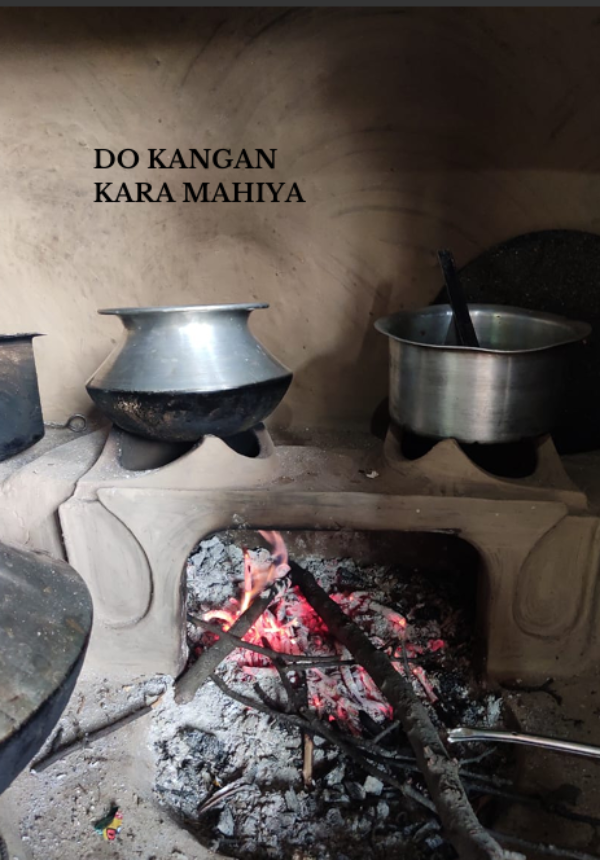
description
"Do Kangan Kara Mahiya" is composed in a fractured style, echoing the fractured state of mind of the speaker. The abrupt tone changes of the poem—shifting from sadness and yearning to happiness and thankfulness—are echoed in its broken form. This style enables Illam to express the jumbled assortment of feelings the speaker experiences as he travels through stages of sorrow to optimism.
Image Mode
portrait
Image
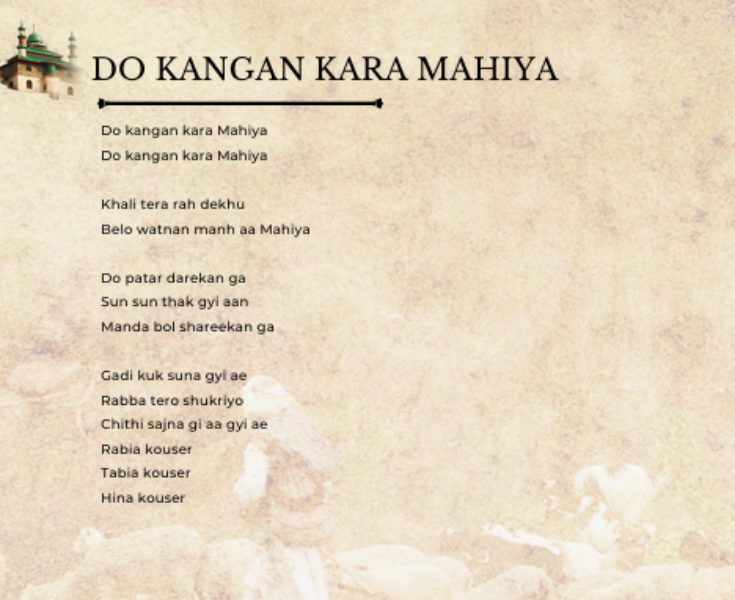
description
The poem's rhyme scheme is irregular, which adds to the fractured tone of the emotions of the speaker. The absence of a coherent pattern mirrors the uncertainty of loss and love. By deviating from conventional rhyme schemes, Illam highlights the emotional chaos that the speaker finds herself in and the abrupt nature with which affairs can shift—one moment sorrow and the next ecstasy, and back again.
Image Mode
landscape
Image
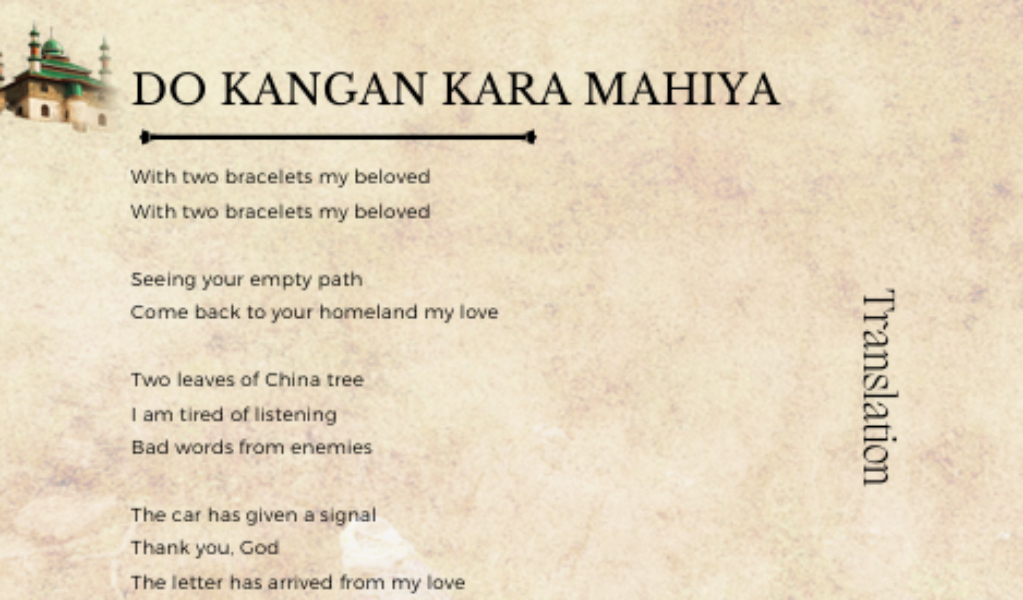
description
The lovely song "Do Kangan Kara Mahiya" turns its mood from melancholy and yearning to celebration. The poem commences with a bit of sorrowfulness and loneliness but ends with relief and thankfulness by the end. The poem's subject was limited love and a display of the suffering that one goes through during the absence of the being there's someone. This was followed by sudden denouement when he gets a letter from his lover who is a hope for the reconciliation of the entire chapter or for a new beginning of their relationship.
Image Mode
landscape
Image
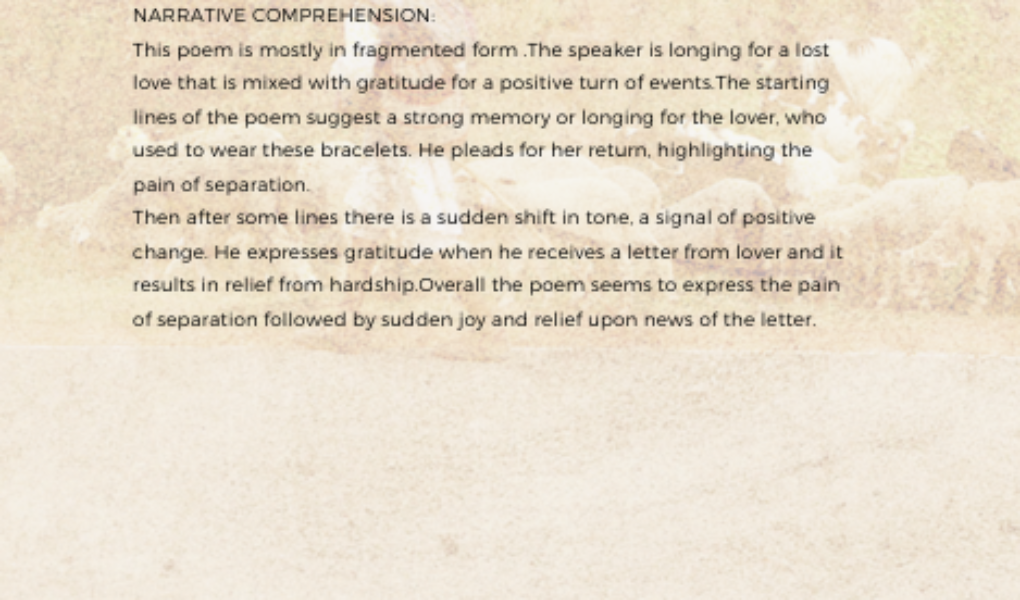
description
The main theme of the poem is the emotional saga of longing for a beloved, which quickly turns into one of relief. The two bracelets (symbols of the beloved) signify the longing of the speaker, while the arrival of the letter turns the emotional landscape into one filled with thankfulness and hope. The poem discusses how an unforeseen positive event can lift some burden from a heavy heart, suggesting that relief often follows when such is not even expected.
Image Mode
landscape
promoted
Off
Verified
On
